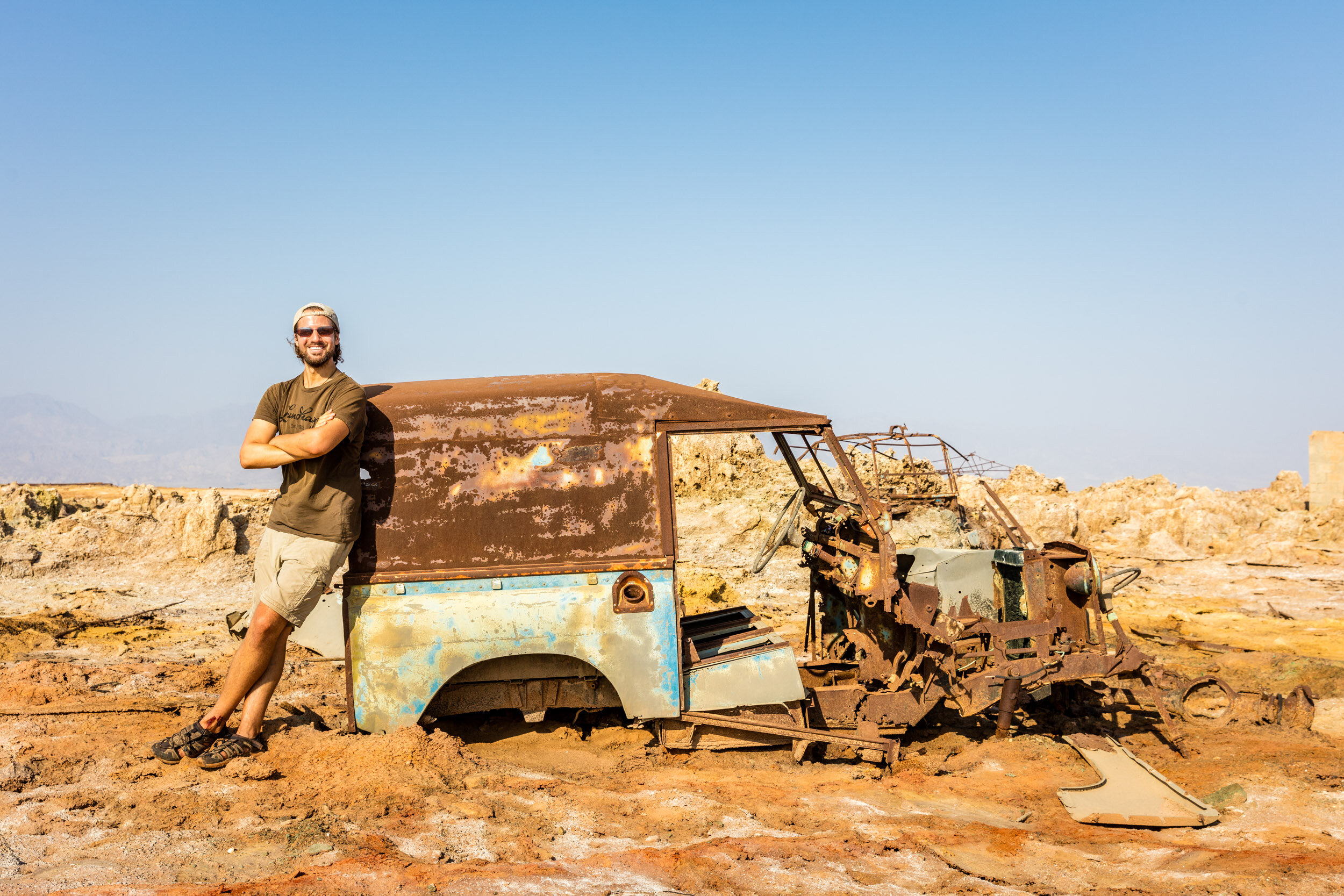I received hundreds of emails, messages, and comments with questions following my Zambia photo essay & subsequent interview in the New York Times, and have spent a considerable part of the last few weeks answering as many as possible. Although I’ll probably be covering many of these topics in various lives, I thought it might be helpful to have a few of the more common questions - and perhaps a few less common ones - in writing, too. So let’s jump right in!
How did you get noticed? How did you start your photography career?
I figured it would make sense to start from the top, and this is obviously a common question, so here goes.. I started photographing professionally (if we take that to mean as my main activity rather than as my main income - it took me a while to start making money from photography) during my time in the Mara Triangle in 2011, when I was there conducting research for my thesis on wildlife tourism and conservation. I’d dome a bit of photography on and off - mostly off - for years before that, but never to the extent where I actually made much progress. As I mentioned in the interview, my photos really weren’t much good back then. So I tend not to count the time before 2011, even if I have the odd decent image from those years. Luckily I didn’t realize that I wasn’t any good - if I had, I wouldn’t have invested in more and better camera gear before my move to Kenya.
As for getting noticed - well, this is something that often needs to happen more than once for it to be truly helpful, as so it has been with me. I ended up blogging for both Africa and National Geographic early on - that was a case of right time, right place. That helped get me noticed by travel magazines in my native Scandinavia. I was a Wildlife Photographer of the Year finalist in 2015 - that, too, opened a few new doors. One thing tends to lead to another, and often you don’t know until much later which meeting or event will end up making a difference. Personal relationships certainly matter. My collaboration with NYT came about because I met and became friends with a wonderful travel writer several years ago in Uganda - we were on a media trip with the Gorilla Highlands initiative - and when he (he does have a name, I should add - Henry Wismayer) had a story pitch accepted by NYT Travel about a year and a half ago, I was the photographer he wanted on the job. If I can give any advice, it is that in addition to being good at your job, getting noticed for being a nice person is far better than the opposite, both for future opportunities and your general level of life satisfaction.
What was your most terrifying moment while photographing?
I don’t get rattled very easily, even when things get a bit too exciting. But back in 2014, when - having already had three lenses break on a 3-month trip to Africa - the strap on my backpack snapped at the airport in Addis. The bag crashed to the floor, and denting my 500mm lens. That wasn’t a fun flight home…
Have you ever photographed tse tse flies? Or other insects?
Hmm. Well, I normally try to stay away from tsetse flies. I do enjoy photographing some small creatures though - spiders, butterflies, dragonflies, bees. If I’m somewhere promising, then I’ll often go for a walk with a macro lens and a flash, especially at night, but I don’t necessarily choose my destinations specifically for this. I’m generally a fairly opportunistic photographer - I enjoy photographing lots of things and take whatever comes my way. Right now, in quarantine in Portugal and no lens for bird photography, that means getting artsy with the local flora.
What advice would you give to a new photographer, just starting out, who wants to pursue travel and wildlife photography?
My main advice is always to start local. Let’s assume you live in the US somewhere, although it doesn’t really matter. First, photographing near your home likely to be less crowded than, say, going to Kruger to photograph lions. I mean that in two ways: literally crowded, of course, but also crowded in the sense that you’re competing against everyone else who is also photographing lions, and that will include some of the world’s top wildlife photographers. Second, it means a smaller investment on your part (less travel). Third, it means you can revisit places, give yourself multiple chances to take images you’re after, photograph in different weather and different seasons. Fourth, it’s a matter of perspective. When we think of travel photography, we tend to think about where we want to go. To develop as a photographer and a storyteller, focus on where you are - which is still “elsewhere” to everyone who doesn’t live there.
I’m concerned about the impact of the pandemic on the animals — with fewer tourists and the camps shut down, will the poachers move in?
Yes, I do think we’ll be seeing a huge impact, in numerous ways. Both because funding runs out for actual conservation operations, and because, as you say, camps will close, potentially leaving many people without any source of income. And in both cases it means fewer people moving around in protected areas, making it less risky for poachers to be there. This crisis is highlighting the potential pitfall of so much conservation work is a) dependent on tourism for funding and b) limited in scope, meaning that we need numerous organizations and initiatives to survive and thrive in the same area, because they all work with different questions. Organizations like African Parks are in that sense better suited to difficult times such as these, because they a) don’t rely on tourism for funding and b) take a systems-based approach, covering everything from anti-poaching and security to education and health care. So yes, challenging times ahead - and this does raise interesting questions about the financing of conservation operations, and how we might have to rethink this approach.
How did you initially start out with funding for your travel? Did you apply for grants?
You know, I’ve never actually applied for any grants, which is a bit silly. But I confess I wouldn’t know where to start. I first started taking photography seriously while I was doing my thesis research, and that I did have some grants for, and I spent a long time organizing to conduct it in the Mara Triangle. But I used my own money to buy a Land Cruiser, and then to finance the following year’s travels around Africa. (I’d worked around 10-20 hours a week throughout my undergraduate degree in Australia.) Early on my focus was always to minimize costs rather than to make money, and that also allowed me to focus on what I wanted to photograph rather than what I thought would sell.
You have some wonderful photos of people that really capture their personalities and humanity. What is your process for taking these? Do you first spend time developing relationships with them?
Yes, absolutely. It might not be true for every single photograph - I have a few that were either taken at a distance or under circumstances where forming a relationship with the person I photographed simply wasn’t possible. For the most part, though, the connection is definitely important. But forming a relationship? I suppose that’s a fairly broad term, and it depends. What I’ve had to learn over the years is how to connect with someone - how to disarm them, as it were - very quickly, so that even a quick meeting can result in a meaningful interaction and, hopefully, photograph. This is one of the reasons I enjoy working in rural sub-Saharan Africa so much. Despite the many diverse cultures, there are also common traits that suit me quite well. Dignity and respect is important, but so is a sense of humor. As a visitor, you always receive respect, so it’s important to show it, too. But if it’s smiles you’re after, the first person to do something silly - to step away from the serious demeanor - needs to be you. Although, of course, you also need to read the situation - silliness is definitely not always called for.







